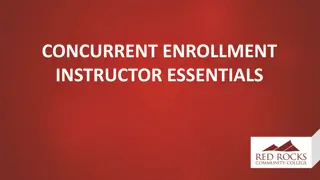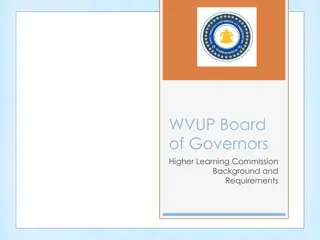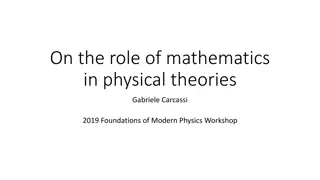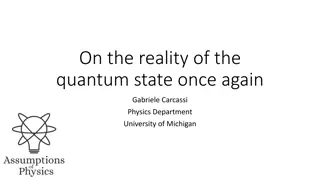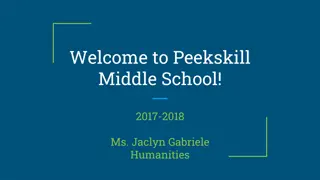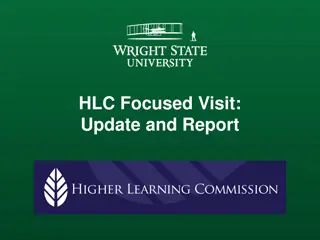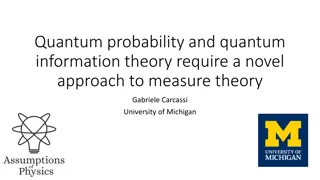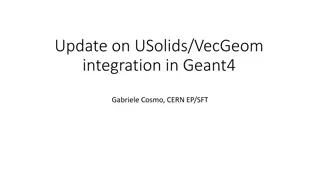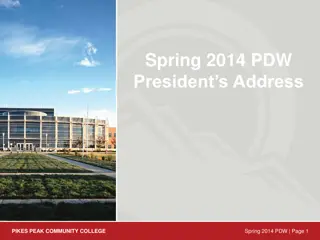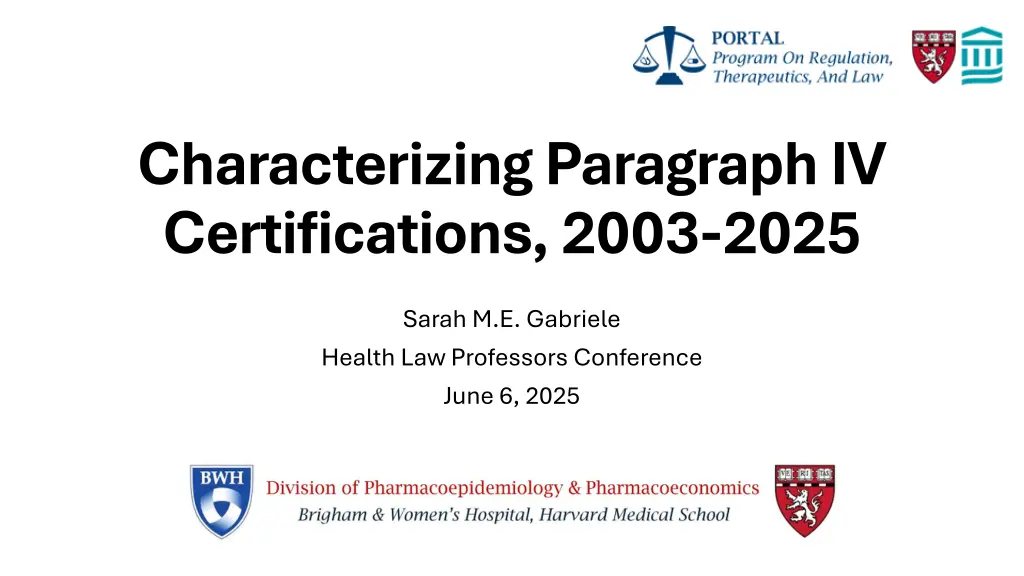
Analysis of Paragraph IV Certifications Impact on Generic Drug Availability 2003-2025
This study analyzes the impact of Paragraph IV certifications on generic drug availability from 2003 to 2025. It explores the timing, scope, outcomes of litigation, and brand-name firms' strategies to extend market exclusivity. Results show the challenges faced by brand-name drugs, patent assertions, and the proportion of drugs with generic approval post-challenge.
Uploaded on | 1 Views
Download Presentation

Please find below an Image/Link to download the presentation.
The content on the website is provided AS IS for your information and personal use only. It may not be sold, licensed, or shared on other websites without obtaining consent from the author. If you encounter any issues during the download, it is possible that the publisher has removed the file from their server.
You are allowed to download the files provided on this website for personal or commercial use, subject to the condition that they are used lawfully. All files are the property of their respective owners.
The content on the website is provided AS IS for your information and personal use only. It may not be sold, licensed, or shared on other websites without obtaining consent from the author.
E N D
Presentation Transcript
Characterizing Paragraph IV Certifications, 2003-2025 Sarah M.E. Gabriele Health Law Professors Conference June 6, 2025
Background The Hatch-Waxman Act of 1984 incentivizes generic firms to file challenges (known as paragraph IV certifications ) contesting patents listed in the Food and Drug Administration s (FDA) Approved Drug Products with Therapeutic Equivalence Evaluations. The paragraph IV certification needs to be notified to the brand-name manufacturer, which can, in turn, file litigation within 45 days of receipt of the paragraph IV notice. Brand-name firms often file litigation to block generic competition and thereby extend periods of market exclusivity. When the lawsuit is started, the FDA is precluded from giving final approval to the ANDA for 30 months (so-called 30-month stay) while the matter is litigated or until the court decides on the issue.
Aim This paper analyzes paragraph IV certifications from 2003-2025 to understand the timing timing, scope scope, and outcomes how such litigation affects generic drug availability. outcomes of litigation and
Methods We used a publicly available FDA database to identify all brand-name drugs that faced paragraph IV certifications between 2003-2025. We used Drugs@FDA to extract the initial approval dates for each NDA and the type of approval We used annual editions of the FDA s Approved Drug Products with Therapeutic Equivalence Evaluations (Orange Book) from 2003 to 2025 to identify all patents that were listed at the time of or subsequent to first paragraph IV certification. We used a large litigation database (Lex Machina) to search for all lawsuits filed by brand-name pharmaceutical firms in response to paragraph IV certifications by generic firms. For each brand-name drug, defined at the level of the NDA, we calculated the time from initial FDA approval to first paragraph IV certification.
Results -Scope 959 959 brand-name drugs faced paragraph IV challenges from generic manufacturers via Abbreviated New Drug Applications (ANDAs) during the study period. We found a total of 2,494 2,494 paragraph IV cases between 2003-2025. 355 355 drugs (37% 37%) were initially approved as new molecular entities (NME), while 604 604 (63% 63%) were initially approved as reformulations of active moieties already on the market. Of these 959, 635 635 (66% 66%) had at least a generic approved after the paragraph IV challenge.
Results Scope Brand-name firms listed a median of 9 patents (IQR 4-20) on the Orange Book. Among all patents listed on brand-name drugs, brand-name firms asserted infringement on a median of 2 patents (IQR 1-4) or 33% (IQR 21%-57%) of total patents listed.
Results Timing The median time from brand-name approval to first paragraph IV certification was 4 years (interquartile range [IQR] 2.1-7.4). However: For NME NME, the median time from brand-name approval to first paragraph IV certification was 5 years (interquartile range [IQR] 4-8.6). For non non- -NME NME, the median time from brand-name approval to first paragraph IV certification was 3 years (interquartile range [IQR] 1.1- 6.4).
The median time from the beginning of the litigation to the end was 1.3 (interquartile range [IQR] 0.4-2.5).
The median time from FDA approval of the brand-name drug to first generic entry among drugs in the cohort was 13 years (IQR 9-16). However: For NME NME, the median time from brand-name approval to first paragraph IV certification was 14 years (interquartile range [IQR] 12-16). For non non- -NME NME, the median time from brand-name approval to first paragraph IV certification was 10 years (interquartile range [IQR] 6-14).
Results - Outcomes The results of litigation were 384 (28% 28%) cases terminated for procedural reasons, 1867 were settled, in 107 107 (3% 3%) cases the generic companies (defendant) prevailed and in 172 company (plaintiff) prevailed. 384 (11% 11%) cases still ongoing, 989 989 1867 (53% 53%) cases 172 (5% 5%) cases the brand-name
Discussion Timing: Generic companies are trying to challenge patents as soon as possible both for NME as well as not NME. However, generic companies are only entering the market years later. What are the effects of the 30-month stay? Number of patents listed vs litigated: Not all patents listed in the Orange Book are litigated. Outcomes: Over 50% of cases end in settlements.
Further directions Linking the timing of the first generic entering the market to the litigation outcomes: Do settled cases have a longer time difference between the NDA approval and the first ANDA market date? Stratify results by revenue Is there a significant difference between drugs based on revenue?
Acknowledgments William B. Feldman Liam Bendicksen Rasha Alhiary Anirudh Sudarshan Adi Krishnan Helen Mooney Aaron S. Kesselheim S. Sean Tu PORTAL Writing Group







